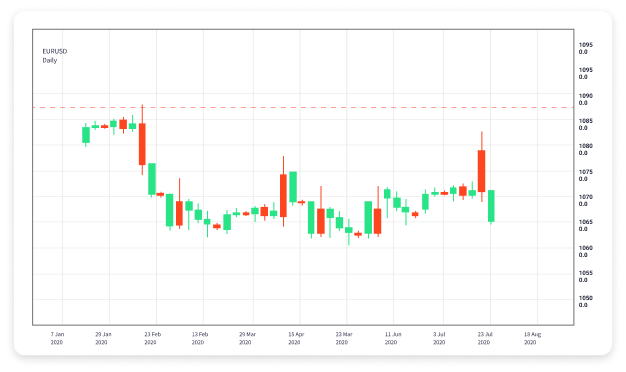
Options trading in forex is a nuanced yet powerful financial instrument that stands apart from traditional trading methods. With rising popularity among traders and investors alike, it offers a unique way to speculate on currency movements while managing risk effectively. In this article, we will delve into the intricacies of options trading in the forex market, including essential strategies, tips, and insights. To deepen your understanding and enhance your trading experience, consider exploring resources like options trading forex Trading Terminal.
What are Forex Options?
Forex options are contracts that give the buyer the right, but not the obligation, to buy or sell an underlying currency pair at a specified price (strike price) on or before a specific date (expiration date). The two primary types of options are:
- Call Options: This gives the holder the right to purchase the underlying currency pair at the strike price.
- Put Options: This grants the holder the right to sell the underlying currency pair at the strike price.
Options trading allows for flexibility in trading strategies and risk management, making it an attractive choice for both novice and experienced traders.
Why Trade Forex Options?
There are several compelling reasons to consider options trading in the forex market:
- Leverage: Forex options allow traders to control larger positions with a relatively smaller amount of capital. This leverage can amplify potential gains.
- Flexibility: Traders can implement various strategies based on their market outlook—ranging from neutral to bullish or bearish positions.
- Risk Management: Options can be employed to hedge against adverse movements in currency prices, thus providing a safety net for traders.
- Defined Risk: The maximum potential loss in options trading is capped at the premium paid for the option, allowing for controlled risk exposure.
Basic Concepts in Forex Options Trading
Before diving into options trading, it’s crucial to understand some key terms and concepts:
- Strike Price: The set price at which the option can be exercised.
- Expiration Date: The date by which the option must be exercised or it will expire worthless.
- Premium: The price paid for the options contract. This is a non-refundable upfront cost.
- In-the-Money (ITM): An option that has intrinsic value; for call options, when the underlying asset price is above the strike price, and for put options, when it is below.
- Out-of-the-Money (OTM): An option that has no intrinsic value; for call options, when the underlying asset price is below the strike price, and for put options, when it is above.
Strategies for Trading Forex Options
There are various strategies traders can employ when trading forex options. Choosing the right strategy depends on market conditions, risk tolerance, and personal trading style:
1. Covered Call

This strategy involves holding a long position in a currency pair while simultaneously selling a call option. The goal is to earn premium income and potentially sell the currency pair at a higher price.
2. Protective Put
Traders buy a put option while holding a long position in a currency pair. This serves as insurance against downward price movement, limiting potential losses.
3. Straddle
A straddle involves buying both a call and put option at the same strike price and expiration, allowing traders to profit from significant price movement in either direction.
4. Iron Condor
This strategy combines multiple options to create a range of potential profit while limiting risk. It involves selling an out-of-the-money call and put option while simultaneously buying further out-of-the-money options to hedge against losses.
Risks Involved in Forex Options Trading
As with any trading strategy, options trading carries risks. Understanding these risks is crucial for effective decision-making:
- Market Risk: The most significant risk, as unfavorable movements in currency prices can lead to losses.
- Time Decay: The value of options diminishes over time, especially as the expiration date approaches. Traders need to be mindful of how time affects their option positions.
- Liquidity Risk: Some options may not have enough market participants, making it harder to execute trades at desired prices.
- Complexity: Options trading involves intricate strategies that may be challenging for inexperienced traders to navigate.
Choosing the Right Broker for Forex Options Trading
Selecting a reputable broker is a critical step in ensuring a successful trading experience. Here are some factors to consider:
- Regulation: Ensure that the broker is regulated by a credible authority to safeguard your investments.
- Trading Platform: A user-friendly platform with essential tools and resources can significantly enhance your trading efficiency.
- Commissions and Fees: Compare the fee structures among different brokers to find one that fits your trading volume and strategy.
- Customer Support: Reliable customer service can assist in resolving issues quickly and enhance your trading experience.
Conclusion
Options trading in forex provides a unique set of opportunities and challenges. By mastering the concepts, strategies, and risks associated with forex options, traders can harness the potential of this versatile financial instrument. Whether you aim to hedge against market fluctuations or capitalize on price movements, having a well-thought-out plan and utilizing appropriate resources will serve you well in your trading endeavors. With continuous education and practice, traders can elevate their skills and achieve greater success in the dynamic world of forex options trading.

